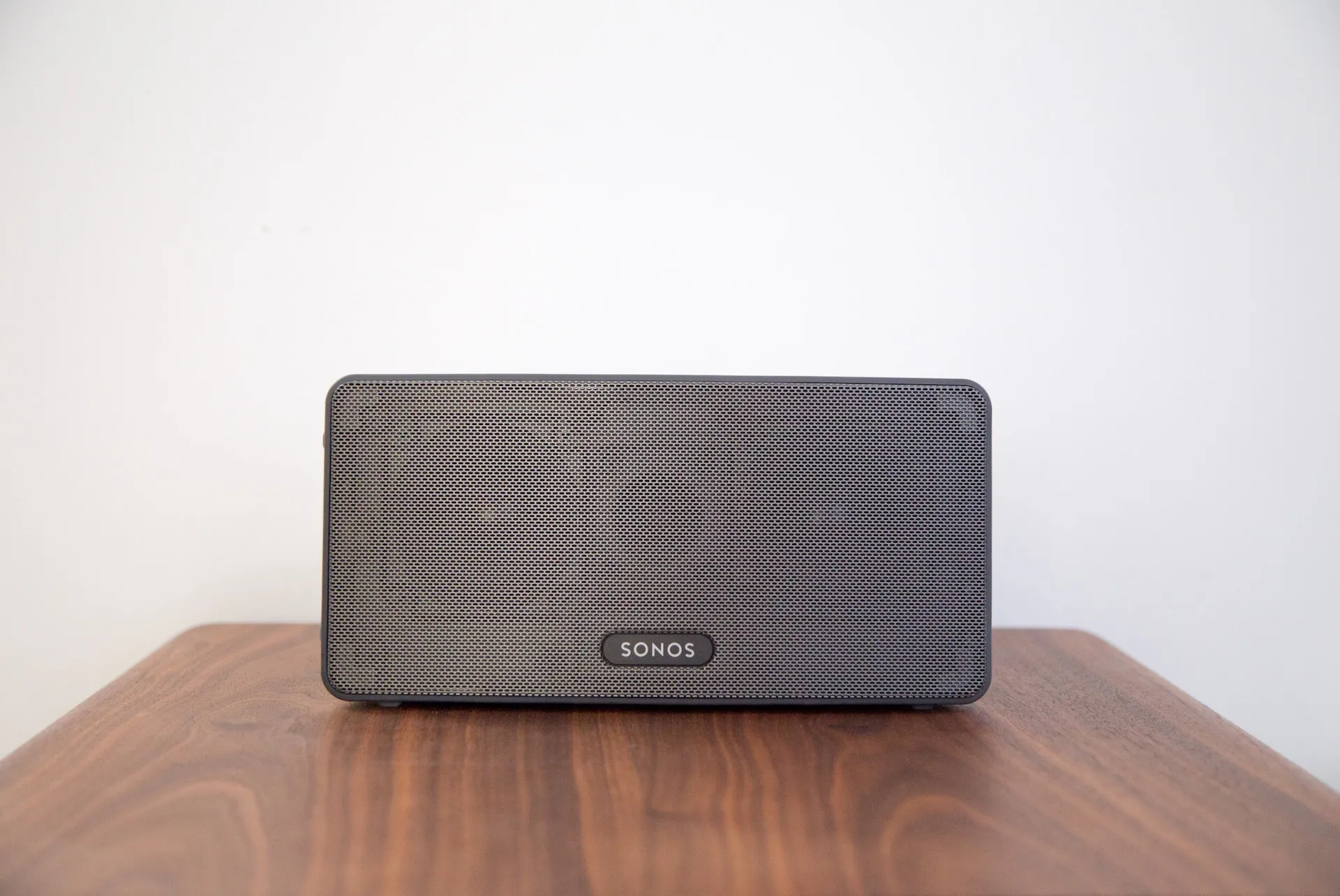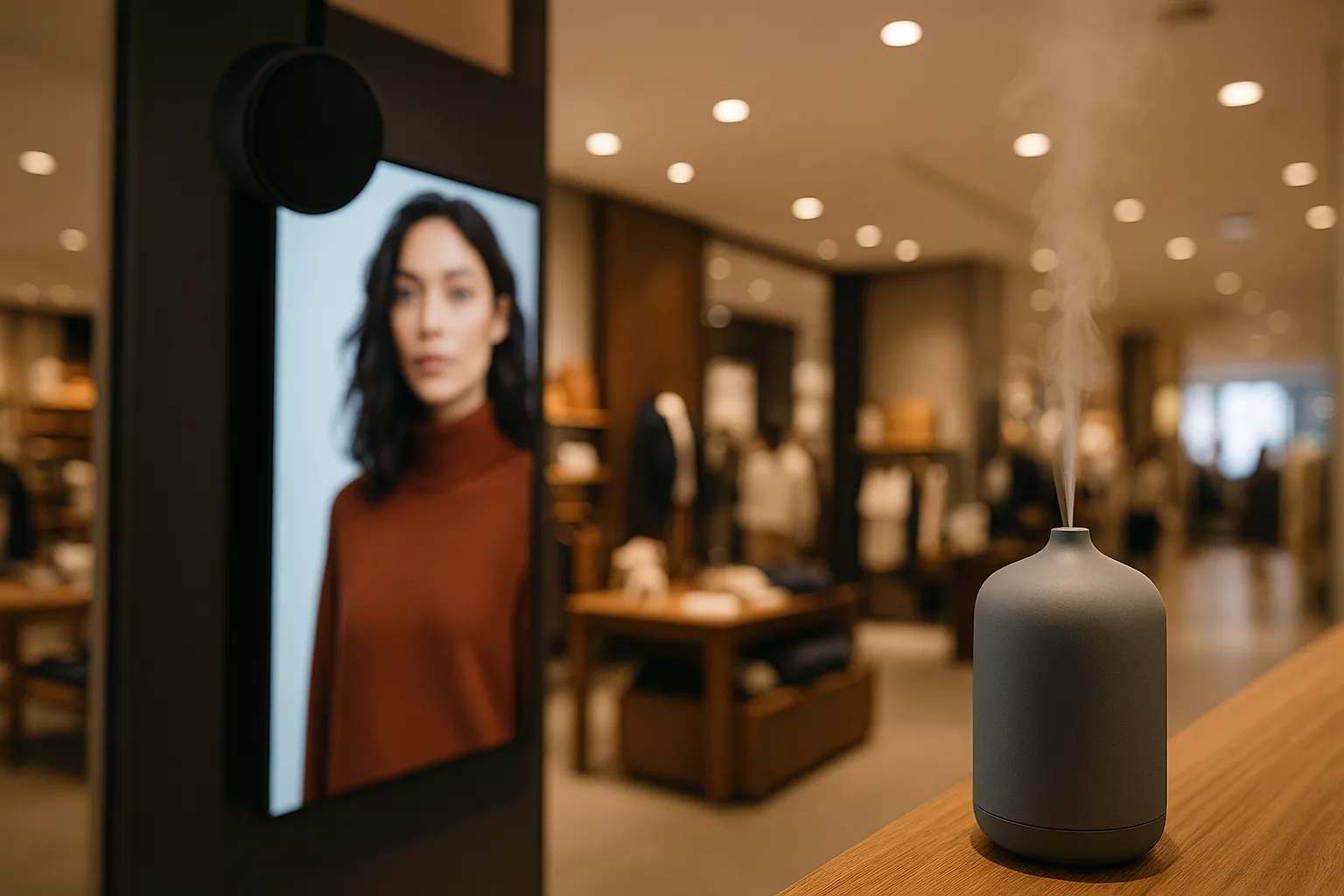Let’s talk about Audio Branding and Sonic Logo. The sensory experience of your company can leave a lasting impression on customers. Most companies understand the importance of a well-designed logo, while others focus on specific colors and how they relate to the brand. After all, every real estate agent knows that the smell of freshly baked bread or cookies can make a house feel more welcoming and inviting.
But what about music? You can choose specific sound designs that clients will associate with your brand for years.
Audio branding, also known as sound branding or sonic branding, is a strategy that involves the use of sound to add an extra dimension to your brand, setting you apart from others who may have similar logos, scents, or store architectural designs.
When you have a unique sound or jingle associated with you, your customers can easily recognize you, think of fond memories with you, and may even spend more money with you.
The first jingle was written in 1926, and audio has been an important part of many brands ever since.
There are some small differences between audio branding and sonic branding.
Audio branding is closer to creating a playlist or a mixtape, making a collection of songs or even a musical genre part of the overall experience of your store.
Sonic branding, on the other hand, is a custom jingle lasting just a few seconds that will immediately bring to mind your logo, your commercials, or other aspects of your brand.
Considering these differences can help you understand which approach might benefit your business the most. For example, you could create personalized playlists for your customers and then sell them in your stores, like Starbucks does, or you could develop a jingle for yourself, like Microsoft Windows.
Let’s explore what you need to know about using corporate audio.
What is Audio Branding?
There are many definitions of audio branding. Corporate audio logos are all about the basic concept of using sound elements to communicate a brand’s identity to a customer.
The sound of the brand can include anything from jingles to songs to voices. Some companies have even used the power of silence as a form of sonic branding.
The sounds you use represent and reinforce what your brand is, what it promises, and the unique personality that makes it different from other businesses. Though more commonly used in television and radio spots, sound can be strategically used in a variety of locations.
Visual Branding vs. Audio Branding
Companies specializing in audio branding view sound as something that works in tandem with conventional visual branding.
While a radio ad relies entirely on sound, online ads, TV spots, and product demos all rely on the use of sound and visual excellence to create a successful brand.
Together, they complete a brand to offer a truly multisensory experience.
Why Should You Consider Sound Branding?
For business owners who have relied on traditional advertising techniques, taking sound seriously requires a mindset shift. The investment is worth it, with these benefits:
- Quick Communication: The human mind processes sound incredibly quickly. Even a single note can make people feel a certain emotion. Just a few notes can trigger memories directly associated with your brand.
- Emotional Connections: Sound is, by nature, emotional. Conveying an emotion through your brand creates an instant connection with the heart of your target audience. When a customer hears your jingle, they may feel compelled to visit your website for shopping or stop by one of your stores.
- Memorable Branding: When something is associated with a feeling, it is deeply rooted in memory. Brand sound is an easy way to evoke memories and stand out from the crowd. Two companies selling the same products can be completely different based solely on sound.
But why would you need a jingle in the 21st century?
According to a report, in 2016, digital and online marketing surpassed television marketing, so static images and soundless videos are now much more effective at reaching consumers than paying for a TV commercial.
This assumption about digital marketing excludes an entire sound-based market, which is growing. Podcasts and music streaming services, for example, often contain ads just like radio stations in previous years. Platforms like YouTube, Vimeo, and other video streaming services offer affordable ad spaces to viewers who, unlike on social media or websites, have the volume on.
These markets are growing thanks to affordable smart speakers. A report found that by 2021, 25% of all U.S. households were already using smart speakers. This means that households are not only asking for weather updates or quickly ordering products from Alexa, Siri, or Google Home; they are also listening to Spotify, YouTube, Twitch, or any number of podcast channels.
Smart speaker manufacturers, including Sonos, Apple, Amazon, Microsoft, and Google, all have audio branding associated with their audio systems. When you activate the speaker by talking to it, there will be specific sounds as it recognizes your request or command. Each speaker has its own voice. This audio branding means that you will associate a specific type of smart speaker with a brand, wherever you hear it.
You, too, can leverage audio branding and sonic logo in this way. Advertising your brand both in-store and in digital ads outside your store, for example, means that customers are likely to associate the tone and passage of a specific voice actor with you, wherever they hear you.
Enhance the power of in-store radio with your own sonic logo
A jingle at the end of a commercial has worked for brands for a century. You can continue to leverage this musical association if you create in-store or digital ads.
Popular Examples of Audio Branding
Sound is big business, and any good audio branding agency is always in high demand. Here are some of the most effective examples of sound branding in action.
NBC News NBC made a simple three-tone chime famous. As one of the shortest audio logos, viewers automatically know which channel they are tuned into. The quickness of the sound ensures the NBC peacock logo acts as reinforcement and confirmation of the NBC brand after the sound.
Friends TV series have also used branding effectively. Throughout its run, the famous TV series Friends relied on the song “I’ll Be There for You” by The Rembrandts. It became so iconic that the song is automatically associated with the show rather than the band.
Nokia The famous Nokia mobile phones took audio branding to the next level. Their jingle became the default sound for their mobile phones from the brand’s inception to the present day.
M&Ms The famous candy-coated chocolates are taking audio branding to a new level by adding customer interaction. Their “Bite Sized Beats” campaign encourages candy fans to access a third-party platform, Incredibox, and use available musical loops to create their own M&Ms jingle. Customers will not only associate their specific music with the snack but will also associate a fun, quirky experience with the treat.
Netflix Most people watch television on a streaming service rather than traditional cable TV, so streaming services have found it incredibly important to brand their overall experience with bright and distinct logos and soundscapes. Netflix is one of the most famous, with the brilliant red “N” crossing the screen while a distinctive note plays. Other entertainment companies like HBO, THX, MGM, and Hulu have similar logos with sound branding.
PlayStation Video games rely not only on the overlay of visual art and music but also on specific sound cues that trigger responses in the player, such as the famous coin sounds in Mario games. Video game companies capitalize on that emotional trigger with their audio branding, and PlayStation was one of the first companies to realize this. Since then, Xbox, Nintendo, and Valve have followed suit.
How to Implement Audio Branding
Now that you know what audio branding is, it’s time to implement the concept as part of your broader brand marketing strategy. Here are some tips for successfully creating your custom audio logo.
1. Get the Tools of the Trade Even smaller companies can make a big difference in their marketing campaigns with sonic logos, but you need a team of sound experts to create an audio logo that reflects your brand.
2. Choose an Emotion to Convey Know your target audience and determine what your brand represents. Remember, it’s about encouraging the target audience to take action. For example, a dog shelter wants to create feelings of sadness, pity, and sympathy to encourage potential adoptive families to do something to help. Lonely violins, slow pianos, and even cellos are all instruments that can convey these desired emotions.
3. Create a Consistent Voice Your sound branding must be consistent with every other aspect of your voice. The visual branding strategy, content marketing materials, and social media tone must match the sounds you choose as part of your audio logo.
Audio Touchpoints for Consumers
Here are just some of the places where you can use audio branding and the sonic logo, a jingle, or a soundscape:
- Your website
- Your in-store personalized radio in your stores
- Your social media accounts, including Facebook and LinkedIn
- Podcast or YouTube ads
- Corporate videos on Instagram or TikTok
- Corporate events, presentations, and speeches
- Ringtones
- An app for your company
- A corporate playlist on Spotify or Google Play
- Music and on-hold messages on the phone
If you already have a visual presence, you can use sounds to trigger emotions and memories in your customers, who might be listening online, especially through a smart speaker, rather than watching or reading.




